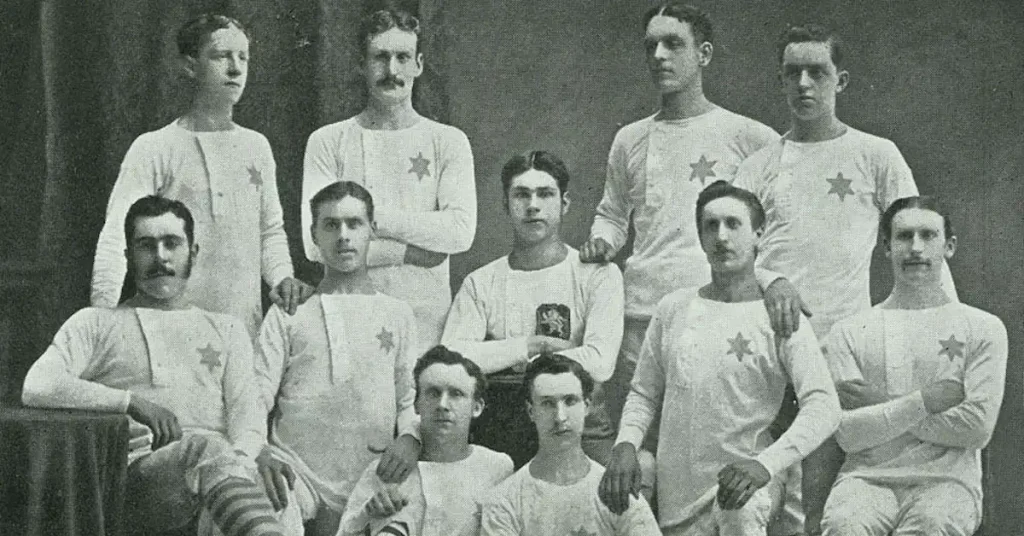The 2023/24 football season saw some new rules introduced into the game. After being trialled at the 2022 FIFA World Cup, teams now have to play extended time added on, to compensate more accurately for lost minutes during the match.
Referees have been tasked with taking a harder line on dissent as well, for both players and staff. It just highlights that the modern game of football is ever-changing.
There are things that fans and punters looking for options at a list of all football betting sites don’t even think about today. But everything that is in the present has been built on a long history. The same is with the rules of football, and here we look back at some of the original laws of the beautiful game.
1863 FA’s Final Version
The term “football” was an all-encompassing phrase that was used across different sports. The Football Association gathered more than once in 1863 to settle on some final rules. The first draft was geared more towards what is known as rugby today than football.
There were, of course, differing opinions, particularly with a large divide between clubs that preferred “hacking” which was the kicking of an opponent’s shins, and “non-hacking” clubs. The other big area was the carrying of the ball, both things getting filtered out of the development of football.
Some of the clubs that wanted hacking to continue simply left the FA. Many of the clubs that wanted to keep to a more physical, ball-handling type of game would go on to form the Rugby Football Union.
Change of Ends
Unlike today’s game where teams only change playing direction at half-time, it wasn’t like that back in the early days of football. After every goal, teams would have to change ends.
No Corner Kicks
There were no corner kicks in the early game either. When the ball went dead behind the goal line, similarities to today’s rugby rules were in place. Once the ball went behind the goal line, if an attacking player was the first to touch it, they earned a free pot shot at goal, much like a conversion kick in rugby. If the first touch was by a defending player, they earned their team a goal kick.
Throw Ins
When the ball went dead on the sidelines, what happened next would depend on which side touched the ball first. The team that got the first touch would earn possession for the throw-in, which had to be performed perpendicular to the sideline and not at any other angle.
Offside
Yes, there was offside in the original football rules, although in a very different form than what we know today. If any player was ahead of the kicker, then they would be called for offside. The only exception was for goal kicks. The rule was eased three years later when an attacking player would only be called for offside if there were fewer than three defending players (including the goalkeeper) between him and the goal.
Catching the Ball
Outfield players in today’s game are not allowed to handle the ball in any way shape or form. But the origins of football laws permitted this. A ‘Fair Catch’ could be made by players as long as they didn’t move after completing the catch. Completing a fair catch gave the player involved a free kick, a bit like a rugby player calling a ‘mark’ or what is commonly seen in Australian Rules Football.
It is fascinating to look back at the origins of the beautiful game just to see where it came from. There are some obvious differences between those famous 1863 laws and what happens today.
The creation of IFAB (International Football Association Board) brought together a complete set of rules for the Home Nations of the United Kingdom. In 1904 when it was created, FIFA adopted the rules of IFAB.




